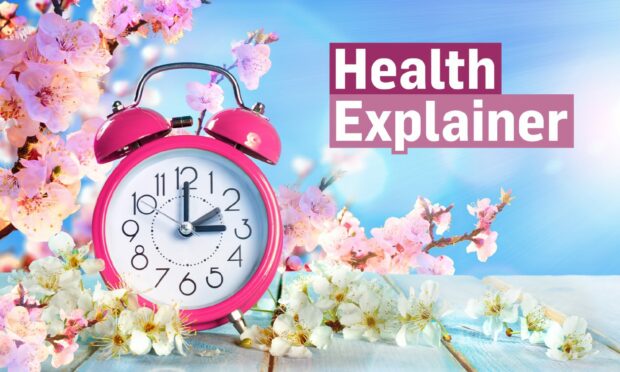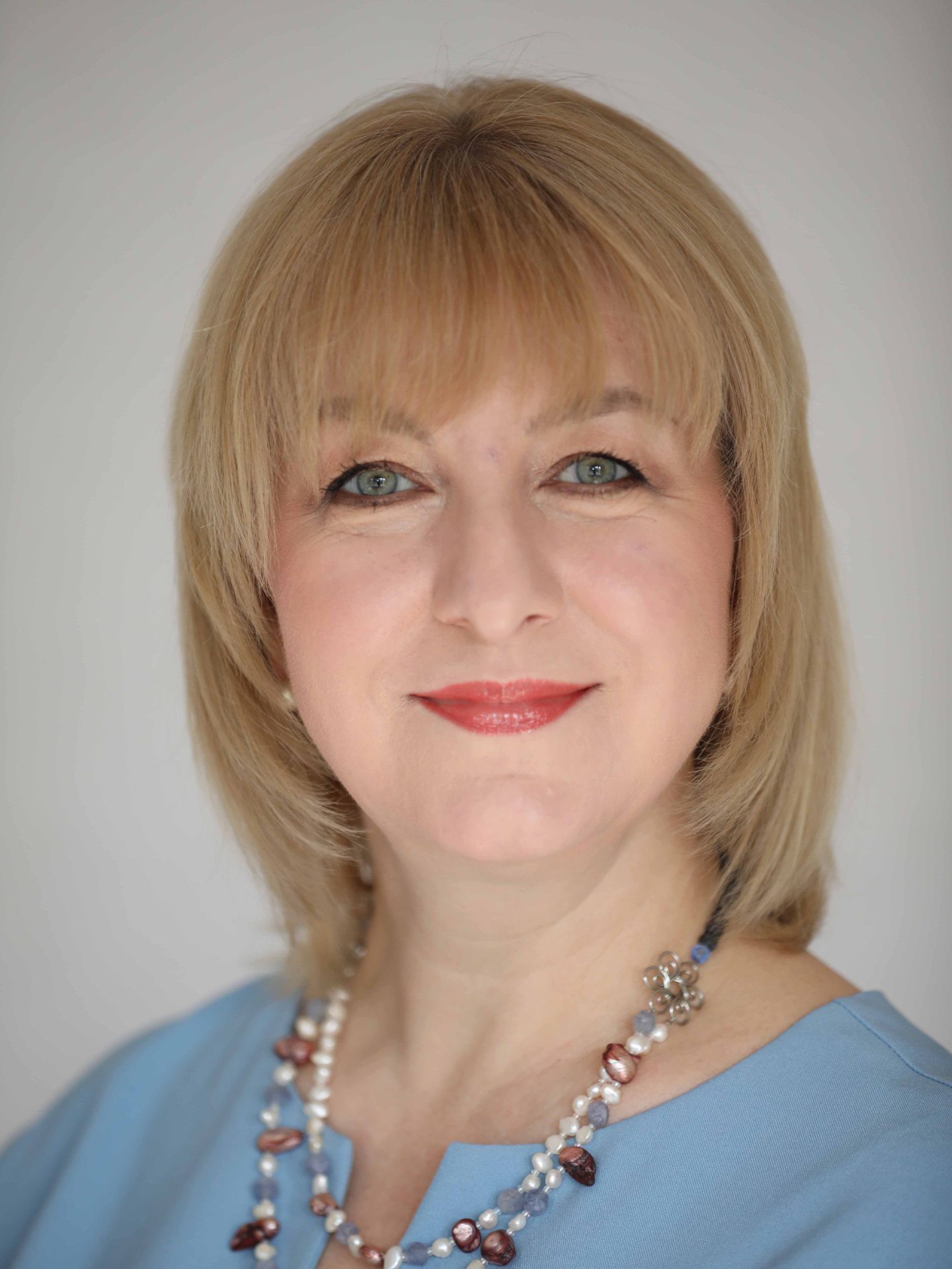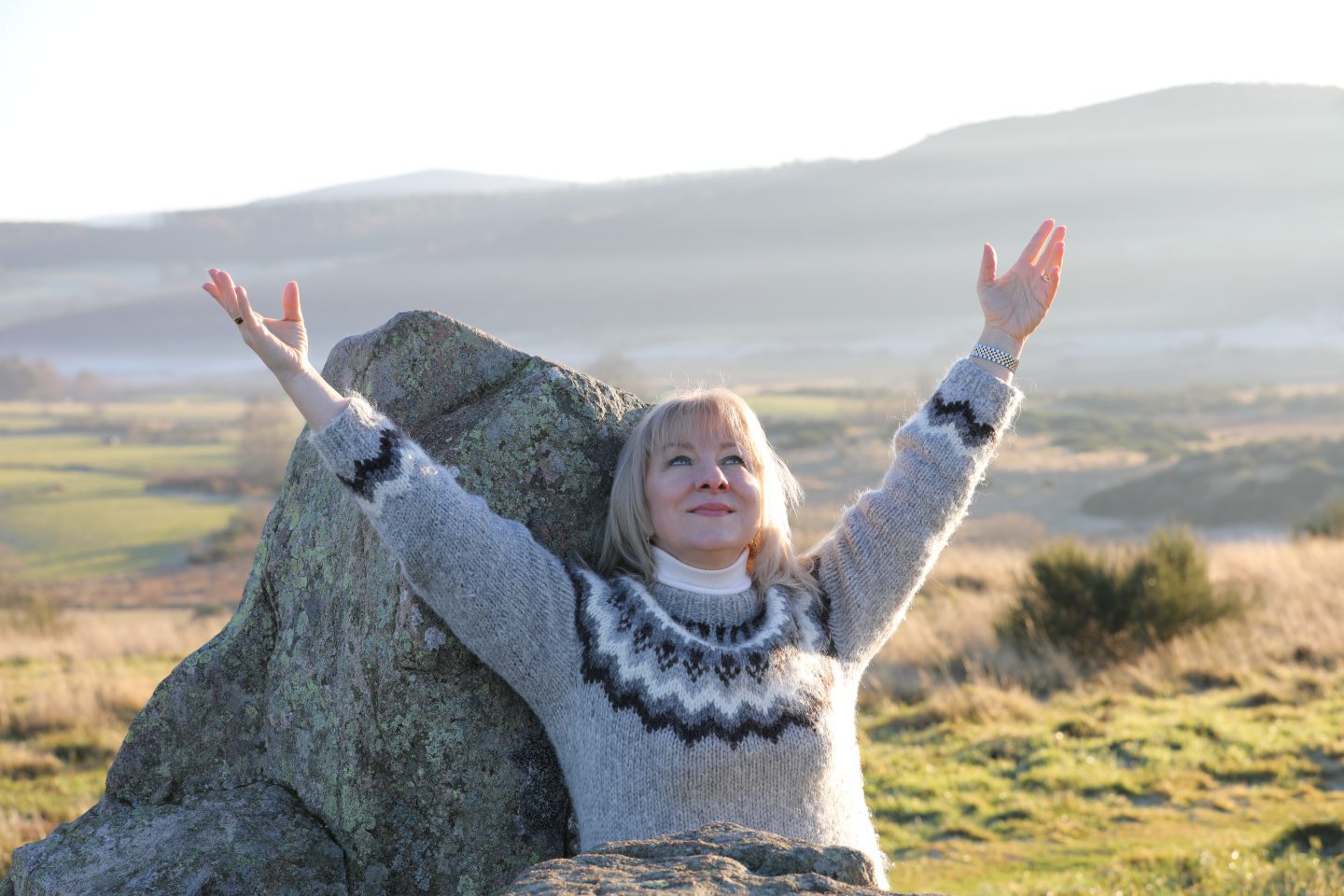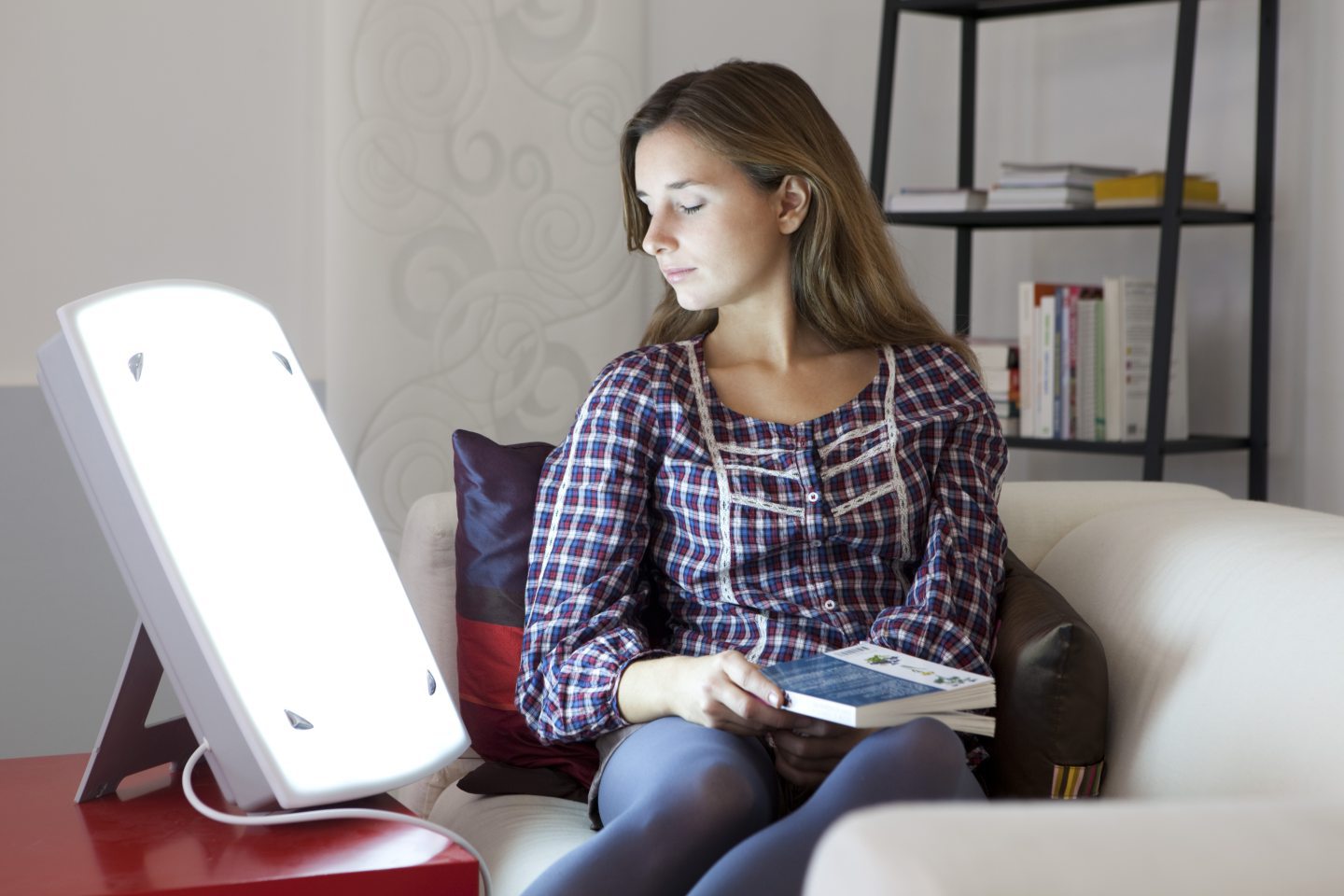While many of us look forward to lighter evenings in the spring, “losing” an hour in the process can take a toll on our bodies.
The clocks go forward at 1am on March 26, as the country enters British Summer Time.
It will also mean a brief return to darkness in the mornings – and the periods after these time switches have been linked to increased heart attacks and strokes.
Aberdeen sleep expert Dr Olga Runcie wants the process of daylight saving scrapped – branding it a “forceful disruption to our body clock.”
But, in the meantime, she says there are ways we can cope and make these transitions easier.
How to manage the spring change
Dr Runcie, who runs Aberdeen company Somniance, says experiencing natural light in the morning is crucial for regulating our body clocks.
And the change in spring is often more noticeable than autumn.
“For the majority of people, it’s easier to delay the body clock than advance it,” Dr Runcie explained.
“The spring change results in a shorter sleep duration – and some will be more sensitive to the impact of the light.
“Astronomically it’s 7am, but our watch shows it’s 8am, so we’re falling behind in catching up on the morning light that’s very important for setting our biological rhythm.”
‘Have a nap if you need it’
Particularly in the spring, our bodies can take a few days to adjust to the clock changes.
While some experts advise heading to bed early the night before, Dr Runcie is advising caution.
“That’s not always helpful as you can only go to sleep when you’re ready to – you can’t force it,” she said.
“But sleeping a little later in the morning is OK to compensate for the switch.
“And be mindful that it’s a critical time – eat healthily, exercise and ensure you’re getting enough sleep.
“Even have a bit of a nap if you need it.”
What about autumn?
At the other end of the scale, the clocks falling back in October gives us an extra hour in bed.
But while we might not wake up feeling any more tired than usual, the lack of daylight that comes with the change can have other effects.
She added: “After the autumn switch it gets so dark instantly. We wake up in the darkness and come back from work in the darkness.
“There’s the importance of catching natural light, as many people will be at work for the whole duration of the daylight period.
“Try and get outside at lunch or for a coffee break, even 10 or 15 minutes can help.”
One day you can function – the next it’s pitch black.”
Dr Runcie suggests people look to bright light therapy using devices called SAD lamps to help regulate this further.
They simulate sunlight, telling your brain to slow down its production of sleep hormones.
She also tells patients to ensure they’re taking supplements, or discuss this with their GP, as the winter sun isn’t strong enough in Scotland to help our bodies make vitamin D.
“Many people at this north latitude run low on vitamin D, and it’s a common deficiency,” she explained.
“This can also contribute to low poor and poor cardiovascular health.”
In 2019 the European Union agreed to scrap the process of daylight saving, but a timescale for this process is yet to be agreed.
Previously, farmers warned a switch to permanent summer time would leave children walking to school in the dark.
This would affect the north of Scotland in particular as, due to its high latitude, will be more noticeably affected by the change.
But it’s argued it would also help the hospitality and leisure sectors, as it would get dark later and allow people to spend more time outdoors.




Conversation